-
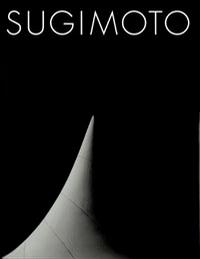
Sugimoto
Sugimoto's new body of work, consisting of two parts: Mathematical Forms, photographs of late 19th and early 20th century plaster models used to provide a visual understanding of complex trigonometric functions, and Mechanical Forms, photographs of late 19th century mechanical models used to demonstrate basic movements of modern machines. Catalogue for the Fondation Cartier pour l'art contemporain. French/English. -
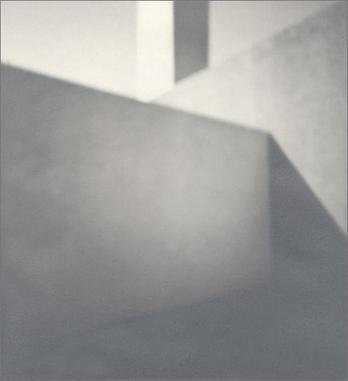
Hiroshi Sugimoto
Known for his long-exposure photographic series of empty movie theaters and drive-ins, seascapes, museum dioramas, and waxworks, Hiroshi Sugimoto has been turning his camera on international icons of 20th-century architecture since 1997. His deliberately blurred and seemingly timeless photographs depict structures as diverse as the Empire State Building, Le Corbusier's Chapel de N tre Dame du Haut, and Tadao Ando's Church of Light in Osaka. The resulting black-and-white photographs, shot distinctly out of focus and from unusual angles, are not attempts at documentation but rather evocation--meant to isolate the buildings from their contexts, allowing them to exist as dreamlike, uninhabited ideals. Among the other buildings represented in the series are Philippe Starck's Asahi Breweries, Fumihiko Maki's Fujisawa Municipal Gymnasium, the United Nations Building, the Chrysler Building, Giuseppi Terragni's Santelia Monument Como, the World Trade Center, Mies van der Rohe's Seagram Building, Antonio Gaud 's Casa Batll II, the 1922 Schindler House, and buildings by Frank Gehry, Frank Lloyd Wright, and many others in Europe, North America, and Asia. I'm trying to recreate the imaginative visions of the architecture before the architect built the building, so I can trace back the original vision from the finished product. --Hiroshi Sugimoto Essays by Francesco Bonami, John Yau and Marco de Michelis. -
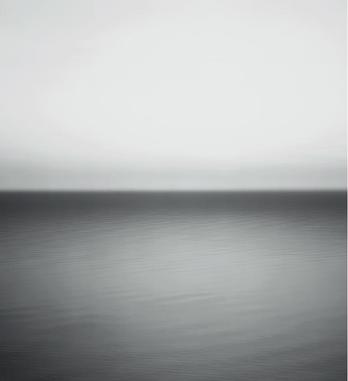
Hiroshi Sugimoto
Genius of the large-format camera, the long exposure and the silverprint, New York-based photographer Hiroshi Sugimoto has made pictures that seem to contain whole aeons of time within themselves, and suggest an infinite palette of tonal wealth in blacks, grays and whites. Many of these images have now become a part of art culture's popular image bank (as U2's use of Sugimoto's "Boden Sea" for the cover of their 2009 album, No Line on the Horizon , demonstrated), while simultaneously evoking photography's earliest days: "I probably call myself a postmodern-experienced pre-postmodern modernist," he once joked to an interviewer. This absolutely exquisite retrospective is an expanded edition of Hatje Cantz's 2005 volume. It is the first to feature works from all of Sugimoto's series to date: his celebrated portraits of wax figures, his incredible seascapes that seem to suggest a person's first conscious view of the ocean, the extremely long exposures of theaters which elevate the white, luminescent cinema screen and transform it into a magical image of an altar and the fascinating dioramas of scientific display cases, which invite us to travel far into the past. Additions to the original edition are two new groups of works, "Lightning Fields" (2006) and "Photogenic Drawings" (2007). Hiroshi Sugimoto was born and raised in Tokyo, Japan, where he studied politics and sociology at St. Paul's University, later retraining as an artist at the Art Center College of Art and Design in Los Angeles, CA. He currently lives in New York City. -
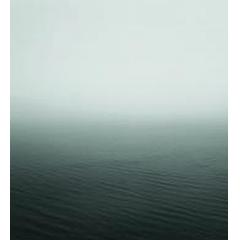
Hiroshi Sugimoto
“我拍摄的是物的历史。在《海景》系列里,我要处理的对象是水和大气。这两样可说是至今为止对人而言变化最少的东西吧。其他世间万物都随岁月的流逝而变化。我的艺术的主题是时间。” 杉本博司在拍摄《剧院》系列时,跑到一个又一个已经被遗弃的电影院,架起照相机对准银幕,然后放上一部电影。当电影结束时,电影故事因为底片长时间曝光而在胶片上成为一段空白,但黑暗中的电影院里角角落落的细节却因了长时间曝光而被时间镂刻得棱角分明。 我们未必能够了解摄影师真正在思考什么,可是透过杉本博司的作品一定能够引发我们自己对于世界的思考,而这不正式摄影的目的么? “杉本博司是我们这个时代最令人尊重的摄影家之一。他的重要摄影题材都是对艺术、历史、科学与宗教的诠释。他将东方哲学思想与西方文化主旨完美地结合在一起。” ——这是国际著名的哈斯勃兰德摄影奖对其2001年度的获奖者、日本摄影家杉本博司的评奖评语。 -
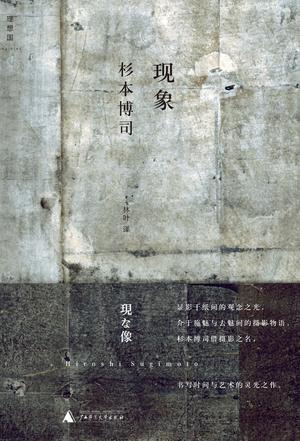
现象
我作为一名当代艺术家,并不是为了自我表现而创作。我心中的自我,步履蹒跚地来到这漫长的民族历史尽头,只为了窥视彼方迷失了的远祖之地;我心中的自我,不过是盲人手中的盲杖,只能一点一点地敲打着那通向历史的道路,依靠回声的引导来从事我的创作。 在我看来,所谓理解西方,就是去发现自己身上的日本式灵性,并利用西方文脉再次表现这种灵性,使之成为我自己的艺术。 ——杉本博司 杉本博司向来以摄影家的身份为众人所知,举凡他的创作,如《透视画馆》《肖像》《剧场》《海景》等,无一不在挑战我们对于摄影表达的既有认知。他将时间、生命、历史这类具有纵向深度的主题,凝练成为二维的影像。 本书是继《直到长出青苔》与《艺术的起源》之后,杉本博司在大陆推出的新一部评论著作,这本评论小品所讨论的艺术范畴更加开阔与多样,在书中,作者探讨艺术、造物工艺、电影、民间传说、歌谣。“停止吧,时间”是一部追溯摄影诞生的考据小史;“本歌取”又是对杜尚式观念的东方回响;“临刑者小曲”中,他接过苏珊•桑塔格未尽之工作,饶有兴致地选出自己心目中的七部日本电影;而“鬼畜的言说”一文俨然是他写作的“现成品”:从旧书摊收集的时代杂志直接翻译出当时西方媒体对日本天皇的专题报道…… 从《现象》读来,杉本博司仍是少有的一位站在摄影家的视角,以观看统摄作为现象的艺术背后的历史与哲思的大师。 -
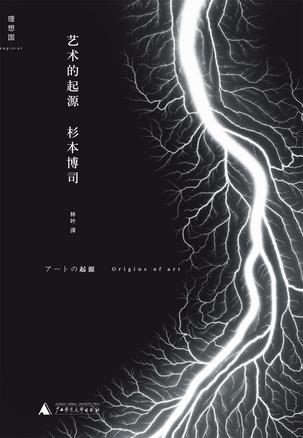
艺术的起源
杉本博司向来以摄影家的身份为众人所知,举凡他的创作,如《透视画馆》《肖像》《剧场》《海景》等,无一不在挑战我们对于摄影表达的既有认知。他将时间、生命、历史这类具有纵向深度的主题,凝练成为二维的影像。在《艺术的起源》中,杉本博司详解了他“无相机摄影”新作《放电场》创作的原委和过程,以一般摄影者避之唯恐不及的静电灼烧底片,借闪电的意象连结起影像创造与地球生命的肇始。从未以影像的创作者自限的他,以光学玻璃雕塑五轮塔,探究人类宗教情感的来源,将金属块切削为数学模型,以有限的物质表现“无限”的概念,更为艺术家的想象力赋予其具象的造型。同时,杉本博司结合自己的摄影、建筑设计与收藏创作出令人眼前一亮的“杉本派”的装置艺术。当杉本博司对人类处境的思索越发明晰,我们也就看见他涉足更多人们未企及与尝试的全新领域,并以他的执著于探索精神将它们发挥得淋漓尽致,令人激赏。 《艺术的起源》便是杉本博司的自省、重新认识与超越的创作文集,他以文字梳理作品中“意象与语言的紧密交织”,将思索与创作历程全然呈现于读者面前。于是,我们有幸得见当代艺术与过往人类意识活动交织的吉光片羽,并一窥杉本博司所勾勒的人类精神史全貌。 本书收录了《放电场》、《偏光色》、《光学玻璃五轮塔》、《观念之形》等系列与多件装置艺术作品,值得提及的是,本书也体现了杉本博司对茶道的研究与兴趣,着墨较多的篇幅如与茶道相关的《三夕茶会》及向日本美学宗师千利休致敬的能剧创作《小田原》。